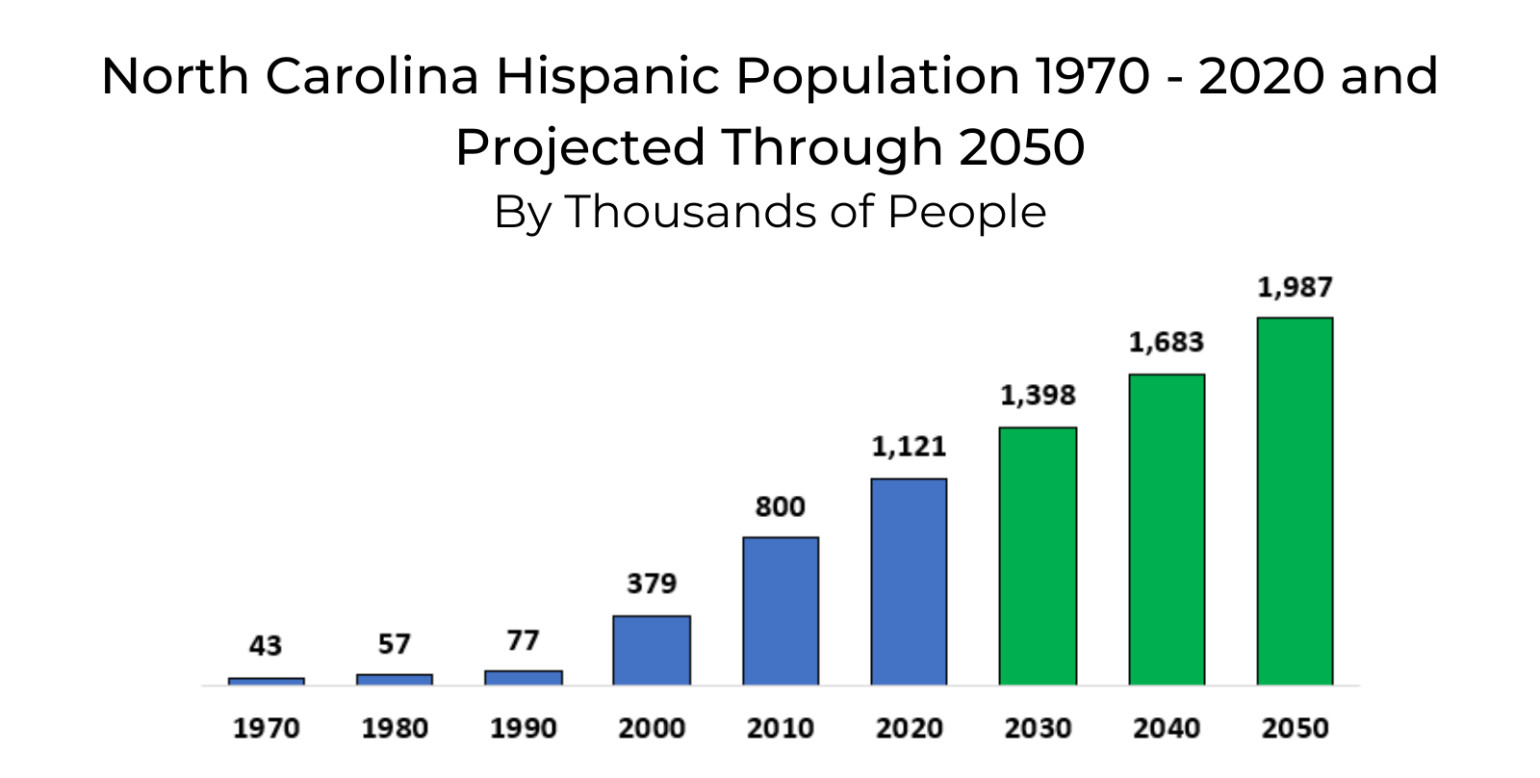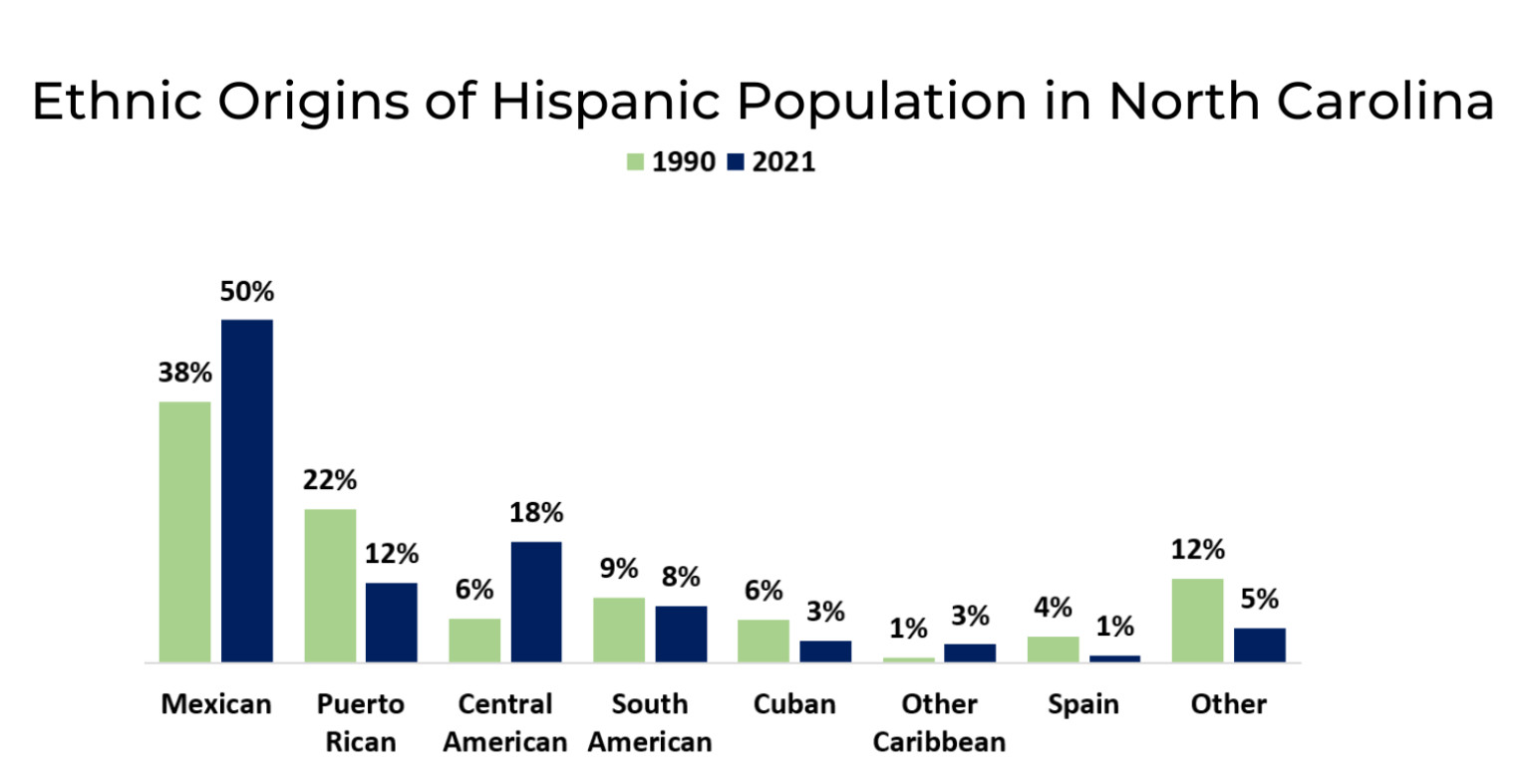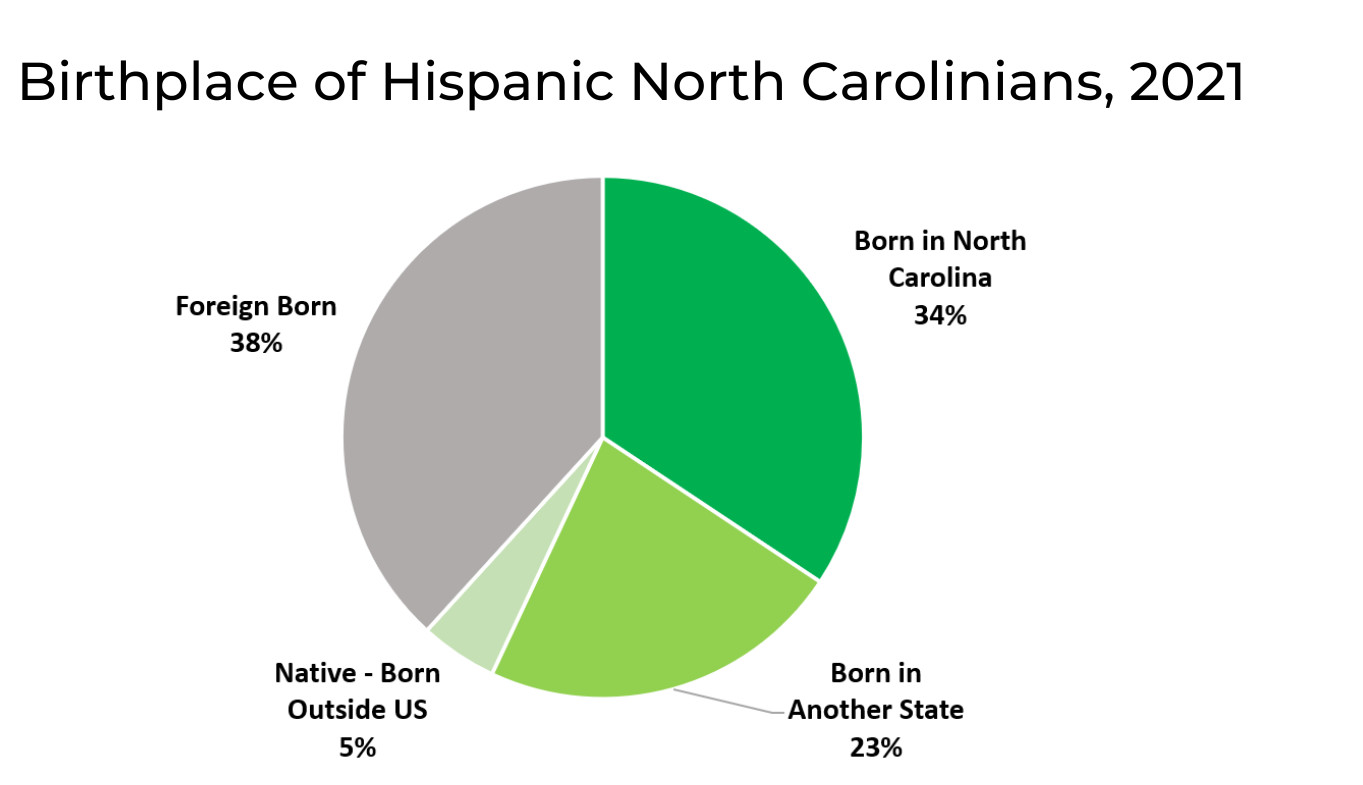In 1989, a young family’s move to Greenville, North Carolina, mirrored the aspirations of many relocating to the region in pursuit of new opportunities. The Hernandez Cruz family, originally from Puerto Rico, found themselves part of a small Hispanic community in Pitt County, which numbered fewer than 1,000 residents at the time. This pioneering family’s experience reflects the significant demographic shifts North Carolina has undergone, particularly concerning its Mexican Population.
“There wasn’t much of a Hispanic population in Greenville in the 1990s,” recalls Izzi Hernandez Cruz, the elder son. Growing up, the lack of cultural diversity meant his name was uncommon, leading him to adopt a more anglicized nickname. This personal anecdote underscores the transformation that has occurred as the Mexican and broader Hispanic communities have expanded dramatically.
By 2000, the Hispanic population in North Carolina had surged to almost five times its 1990 size. This growth has been largely fueled by an increase in Mexican immigrants and Mexican-Americans seeking new homes and opportunities. Mexicans constitute the largest ethnic group within the Hispanic community, and their growth has been a primary driver of the overall Hispanic population boom in the state. By 2021, individuals of Mexican origin accounted for 50% of the Hispanic population in North Carolina, a notable increase from 38% in 1990.
 North Carolina Hispanic Population Growth from 1970 to 2020, with projections to 2050, highlighting the increasing Mexican demographic.
North Carolina Hispanic Population Growth from 1970 to 2020, with projections to 2050, highlighting the increasing Mexican demographic.
The Hispanic population’s rapid expansion is not just about numbers; it’s also about evolving ethnic diversity. While the Mexican population remains the largest segment, other Hispanic groups are also growing. In 1990, Puerto Ricans were the second-largest Hispanic group at 22%, but by 2021, they comprised only 12% of the total. Conversely, the Central American population (Guatemalan, Honduran, and Salvadoran primarily) has risen to 18% in 2021, up from 6% in 1990. This shift indicates a more complex and varied Hispanic demographic landscape, even as the Mexican population continues to be the majority.
 Breakdown of Ethnic Origins within North Carolina's Hispanic Population, showcasing the dominance of Mexican heritage and the presence of other groups.
Breakdown of Ethnic Origins within North Carolina's Hispanic Population, showcasing the dominance of Mexican heritage and the presence of other groups.
A common misconception is that the growing Mexican and Hispanic population is primarily composed of recent immigrants. However, data reveals a more nuanced reality. A significant portion of the Hispanic community, including many of Mexican descent, are descendants of immigrants or are U.S.-born. In fact, in 2021, 34% of Hispanic North Carolinians were born in the state, and another 27% were born in the U.S. or abroad to American parents. This demonstrates deep roots and integration within North Carolina, especially for the Mexican population who have been establishing communities for generations.
Of the foreign-born Hispanic population, including Mexicans, many have become naturalized citizens. Overall, 68% of Hispanic North Carolinians were citizens in 2021, highlighting their civic participation and commitment to the state. This citizenship rate is significant within the Mexican community, indicating their long-term settlement and integration into American society.
 Birthplace distribution of Hispanic North Carolinians in 2021, illustrating the significant proportion born in North Carolina and other US states, including those of Mexican descent.
Birthplace distribution of Hispanic North Carolinians in 2021, illustrating the significant proportion born in North Carolina and other US states, including those of Mexican descent.
For those seeking detailed information on the Mexican and broader Hispanic population, the North Carolina Office of State Budget and Management provides accessible resources. Their summary page offers insights into the size and age characteristics of the Hispanic population from 2010 to 2050. Furthermore, the Demography.osbm.nc.gov data platform allows users to explore and download population projections by Hispanic origin and race, including specific data on the Mexican population within North Carolina. These resources are invaluable for understanding the evolving demographics and the increasing impact of the Mexican population on the state.
In conclusion, the Mexican population is a vital and growing component of North Carolina’s demographic landscape. Their increasing numbers and integration contribute significantly to the state’s cultural and economic fabric. Understanding the trends and nuances of this population, alongside the broader Hispanic community, is essential for informed policy-making and community development in North Carolina.
